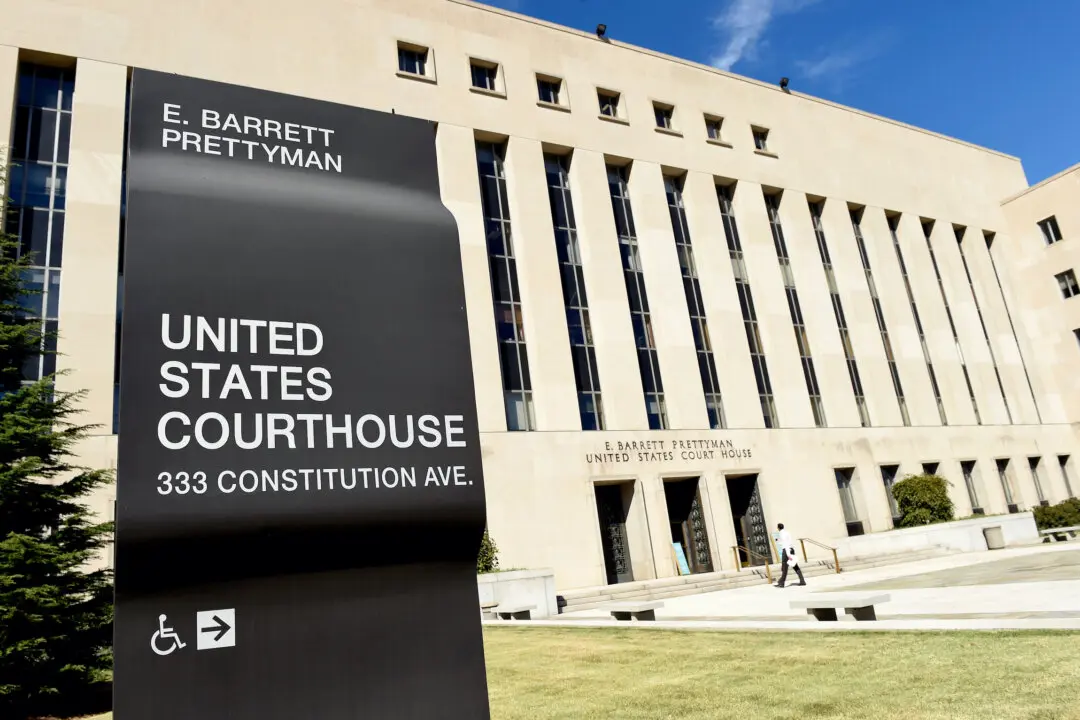CHICAGO—Chicago experienced more than twice as many homicides in November this year as during the same month in 2015, and more than any November in nearly a quarter century, according to police statistics released Thursday.
The 77 homicides recorded last month bring the city’s 2016 total to 701, with a month still to go until year’s end. It is the first time Chicago has eclipsed the 700 mark in a year since 1998, and puts the city on a pace to end 2016 with nearly 300 more homicides than were recorded last year.
The statistics come as the city and police department scramble to bring the number of shootings and killings down with a host of initiatives in Chicago’s most violent communities. Earlier this month, police announced that “several hundred” officers had flooded three high-crime areas, stepping up efforts to serve arrest warrants, conduct parole checks and make traffic stops. The police department also plans to hire an additional 970 officers over the next two years.





